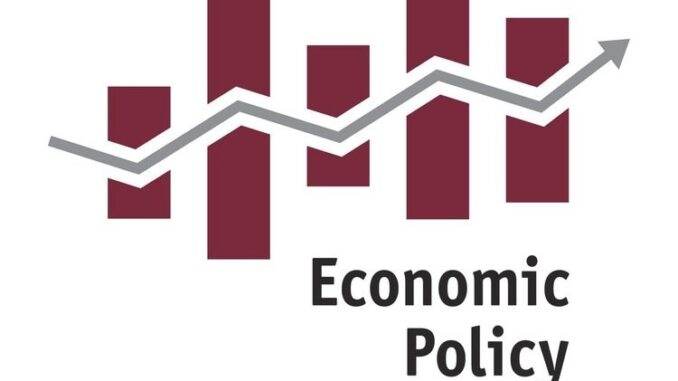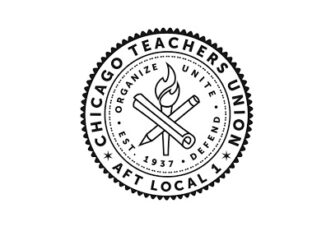
Reprinted from The Economic Policy Institute by Celine McNicholas, Heidi Shierholz, and Margaret Poydock on January 22, 2021.
One of the central pillars of President Joe Biden’s Build Back Better plan for economic recovery in the wake of the COVID-19 pandemic is to dismantle the barriers to union organizing and collective bargaining. New data on unionization from the Bureau of Labor Statistics (BLS), coupled with research on the value of unions for workers, reinforces the importance of this goal. In 2020, 15.9 million workers in the US were represented by a union, a decline of 444,000 from 2019. While there was an increase in the unionization rate in 2020 because union workers fared better than nonunion workers during the pandemic—the share of workers represented by a union increased from 11.6% to 12.1%—the rate is still less than half what it was roughly 40 years ago. This decline occurred despite a considerable increase in the share of workers who want union representation over roughly those same four decades.
This report covers these and other findings, as well as the urgent need for policy reforms to address the decline in overall worker power and corresponding economic inequality that has marked the last four decades. The Biden administration and Congress must institute policies that promote the right to union representation and collective bargaining as we rebuild our economy. …





